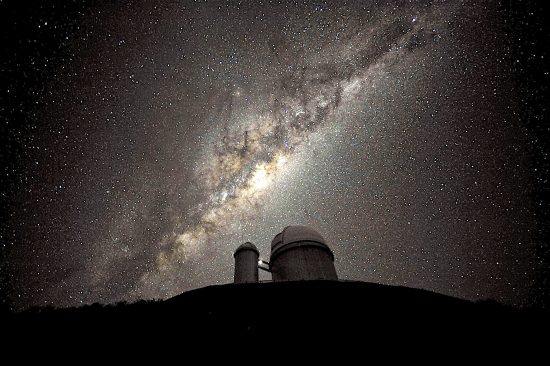
May 4, 2020
Electrical activity is a better explanation for energetic celestial phenomena.
More than ten years ago, astronomers discovered an energy signature they called a “Fast Radio Burst”, or FRB. What was so unusual about the observation is that it appeared to release more energy than the Sun puts out in a month. The source of the radio waves is said to be a billion light-years away, and was surmised to come from the “death” of a black hole.
Cosmologists have come to think that black holes can “evaporate” with surprising violence. If a black hole contains “M” solar masses it will “glow” at 6 x 10^-8/M Kelvin. That means, according to the late Stephen Hawking, a black hole will eventually explode like a hydrogen bomb.
FRB energy is also thought to come from so-called “cosmic batteries”. Astronomers surmise that when a black hole orbits a neutron star, it creates the strange radio frequency bursts with gravity. A black hole spinning in a neutron star’s magnetic field is said to initiate an electric current, because astrophysicists believe that waving magnetic fields create electricity.
Astronomers working with a combination of radio and optical telescopes announced that they identified a fast radio burst, called SGR 1935+2154, coming from inside the Milky Way. If correct, that means a radio frequency broadcast lasting less than the blink of an eye exploded into space with the force of many supernovae, and it took place in our “local neighborhood”.
Black holes consuming gas, or black holes radiating away their masses—neither idea conforms to Electric Universe theory. Radio waves and a range of energy curves are properties of lightning bolts. Computer simulations demonstrate that plasma phenomena are scalable over several orders of magnitude, so they behave in the same way whether in atoms or galaxies. Perhaps FRBs are really flashes of cosmic lightning erupting from electrified clouds of plasma on an immense scale.
If correct, FRBs are most likely nearby, so they are less energetic. Plasma is the correct way to interpret their behavior, but it is exploding double layers that impel them. Instead of relying on mathematical phantoms like black holes in tandem with overweight neutron stars, why not create real, testable hypotheses and work them up with real, physical models?
Stephen Smith
The Thunderbolts Picture of the Day is generously supported by the Mainwaring Archive Foundation.












